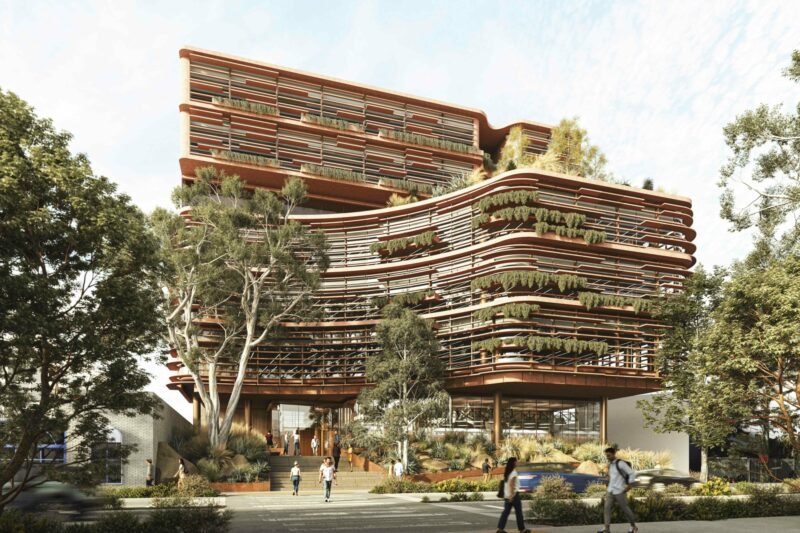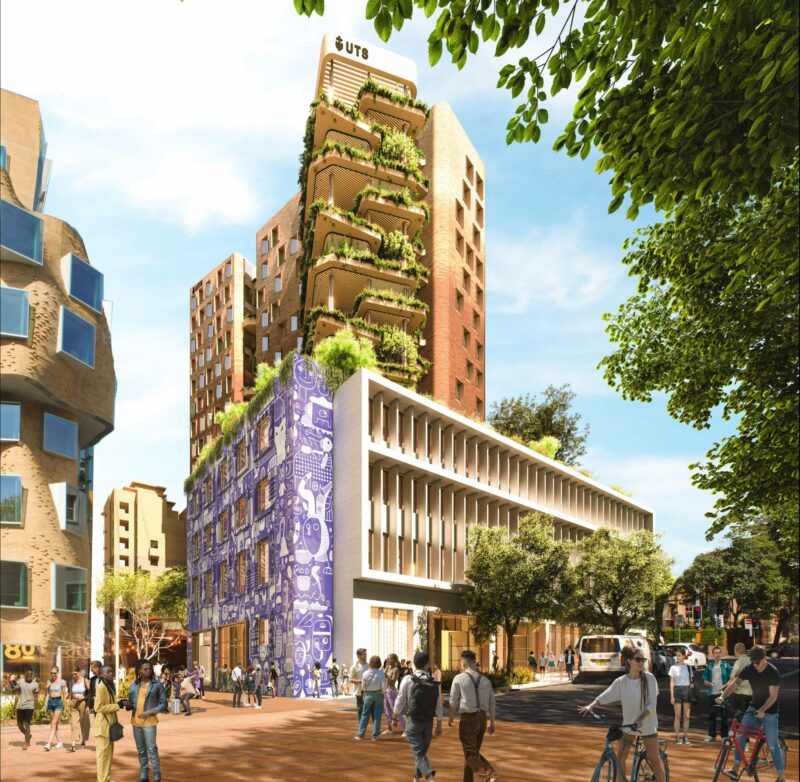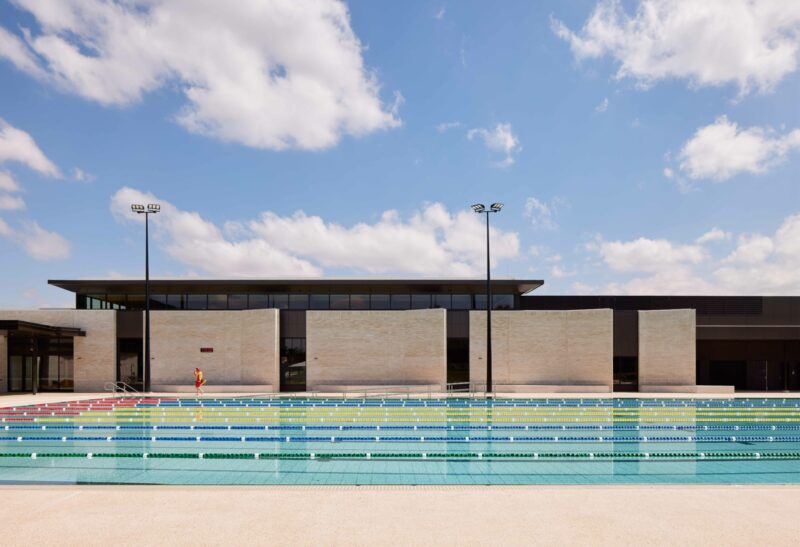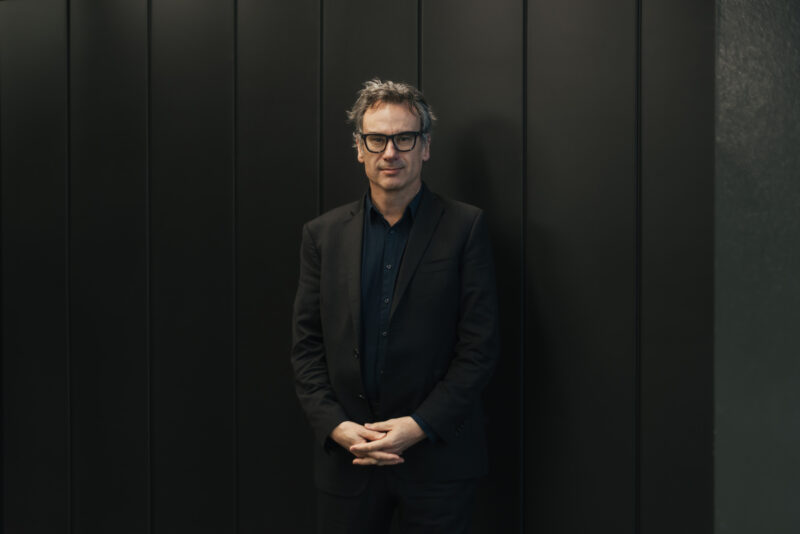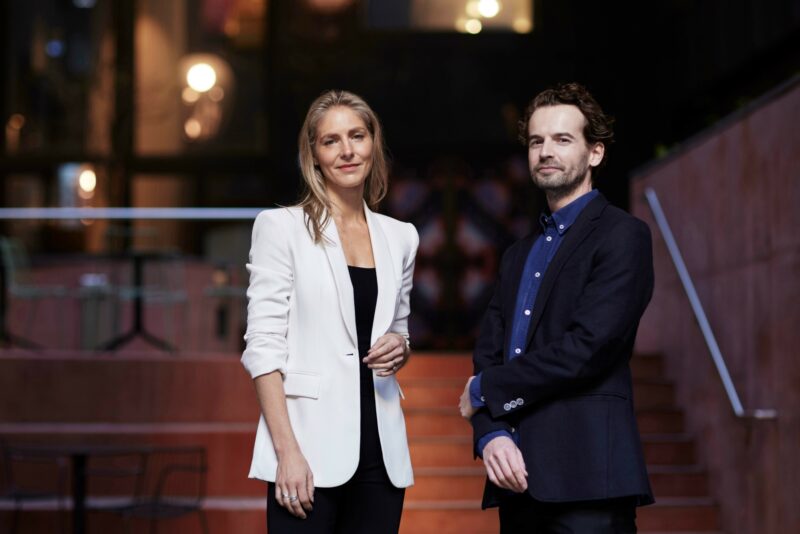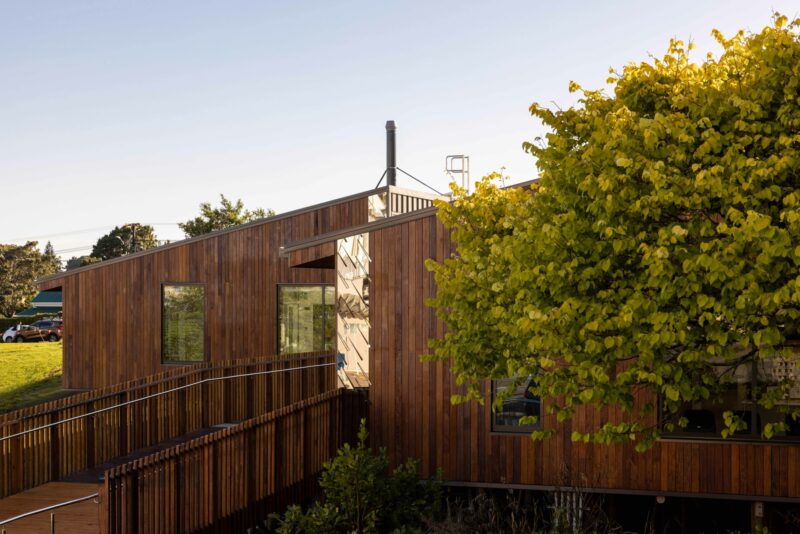After a successful collaboration on the Transitional (Cardboard) Cathedral, Japanese architect Shigeru Ban has again partnered with Warren and Mahoney on a commercial building in Christchurch’s Cathedral Square.
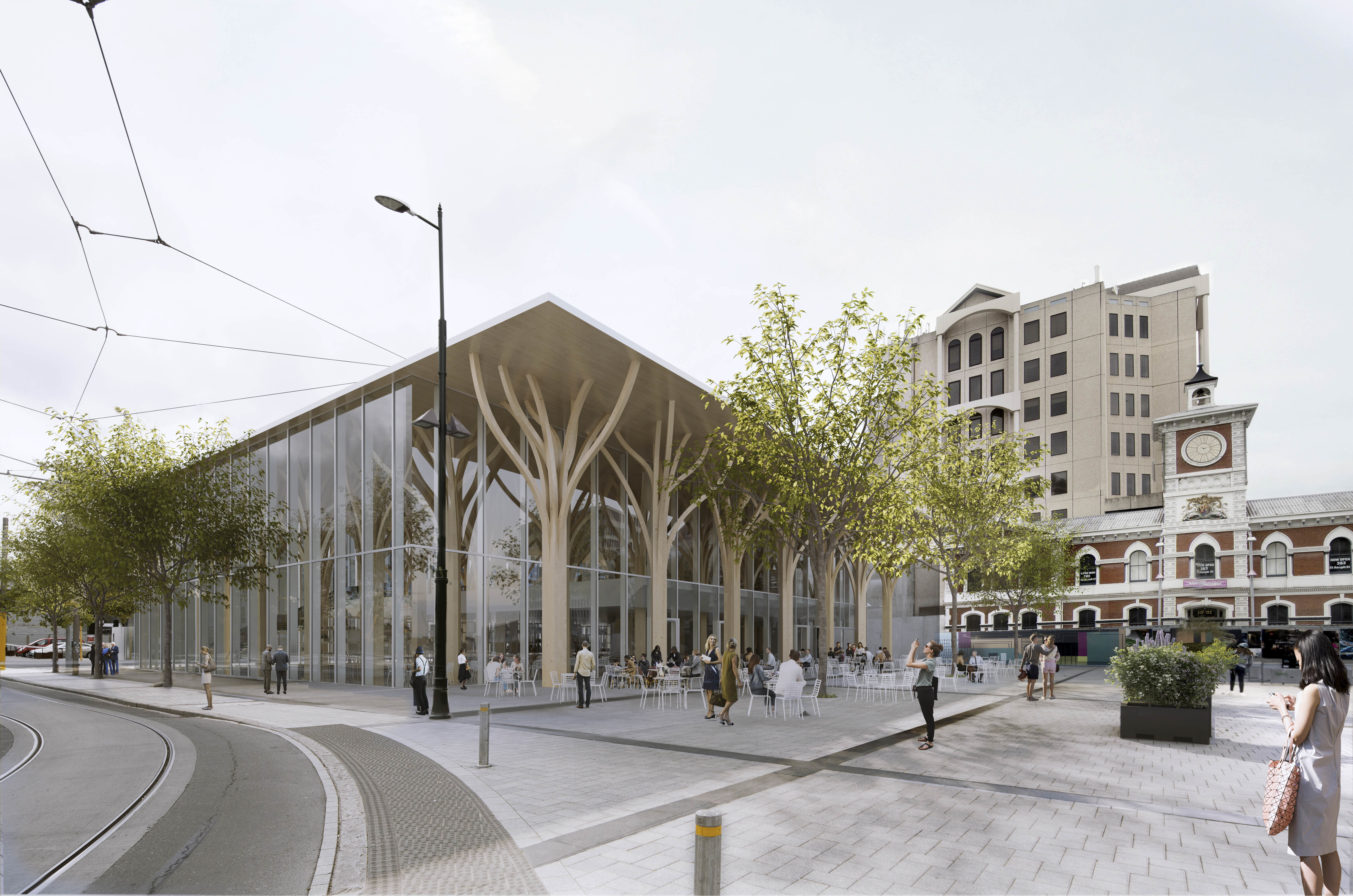
For visitors flying into Christchurch, the braided patterns of the Waimakariri River are a distinctive feature that signifies not only the beauty of our landscape but also the history and future of this city. Richard Hanson
After a successful collaboration on the Transitional (Cardboard) Cathedral in Christchurch, innovative Japanese architect Shigeru Ban has again partnered with Warren and Mahoney on a commercial building in Christchurch’s Cathedral Square.
Inspired by the braided rivers of Canterbury, developer Richard Hanson says the building will be an iconic landmark anchoring the Southern corner of Cathedral Square and providing a visual prompt for oral tours of the city’s geology.
“For visitors flying into Christchurch, the braided patterns of the Waimakariri River are a distinctive feature that signifies not only the beauty of our landscape but also the history and future of this city.
“Christchurch has lost so many special buildings, so it is important that new buildings are of high quality and have a strong narrative. This is particularly important for Cathedral Square as it is still a strong tourism destination in the city,” says Hanson.
The building was commissioned by property owner Redson Corporation Holdings Limited for its tourism business Aotea Gifts. In addition to a flagship store for Aotea Gifts, Braided Rivers will also house a restaurant, courtyard-style café and other retail tenancies.
Shigeru Ban, a Pritzker Prize winning architect, has established himself as the master of unconventional materials. Braided Rivers utilises a glued laminated timber, or glulam, which is created by bonding layers of lumber together with high-grade adhesives.
The result is an engineered wood product that is stronger, lighter, cheaper and more environmentally-friendly than steel. To create the 41 ‘braided river’ columns in the building, a NZ pine glulam will be curved together to create the twisted column effect.
The interiors will be reflective of Ban’s signature style, with clean lines, warm materials and an abundance of natural light, aided by the building’s 10-metre high stud.
Warren and Mahoney, who approached Shigeru Ban on behalf of Aotea Gifts, will take SBA’s well-developed concept through to detailed design and ensure all of SBA’s design intent is met and delivered.
“As with the Transitional Cathedral, we have protocols in place to ensure Ban’s design is kept intact throughout the Resource Consent and Building Consent processes.
“Our deep understanding of the materials, NZ Codes and Standards and seismic requirements means that we can have the detailed conversations about construction methodology with the contractors, and loop through to the SBA team as required,” says Warren and Mahoney Principal Peter Marshall.
Resource Consent applications were lodged this week, and it is anticipated that construction will start in October 2018, with completion scheduled for late 2019.
